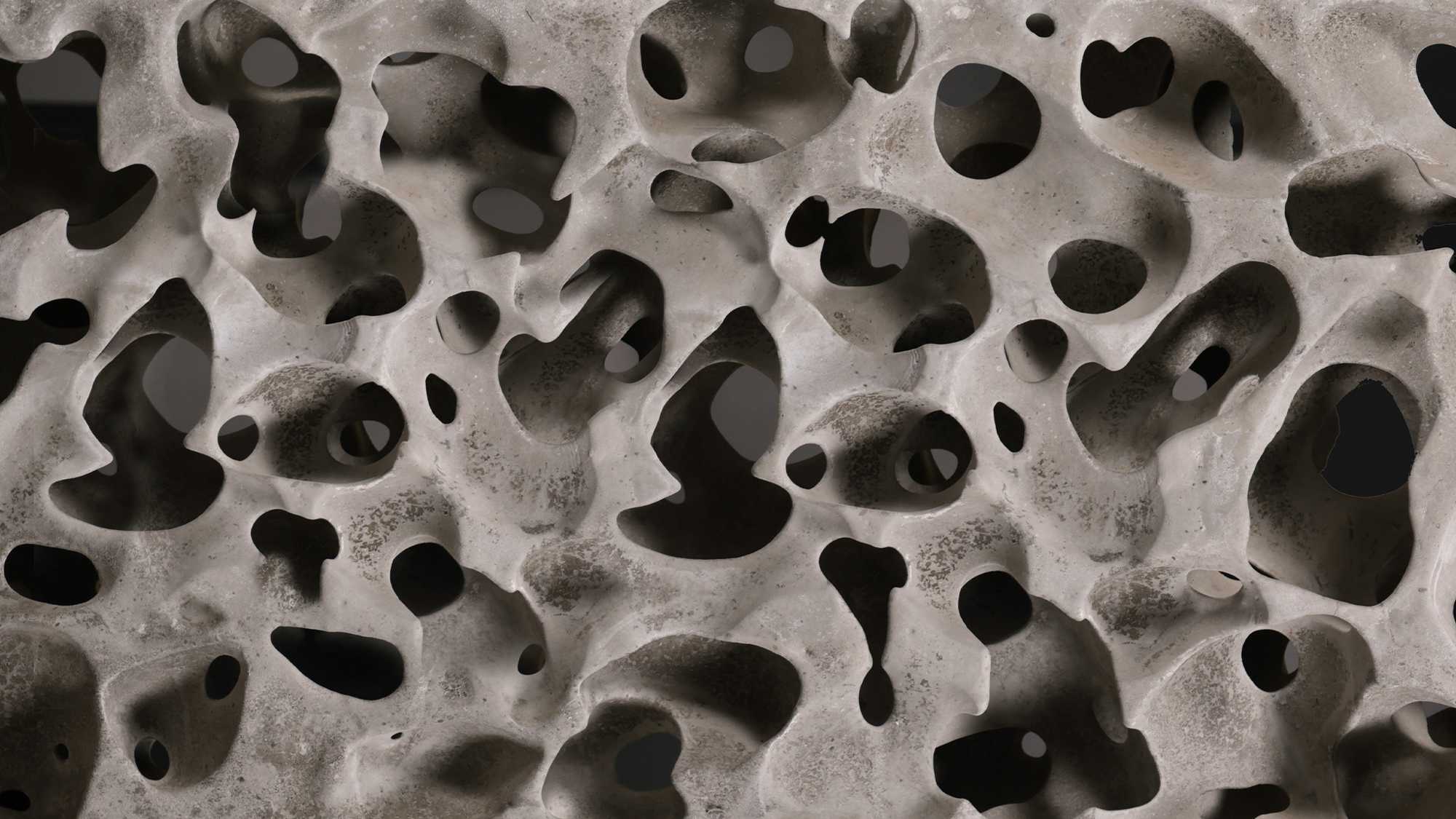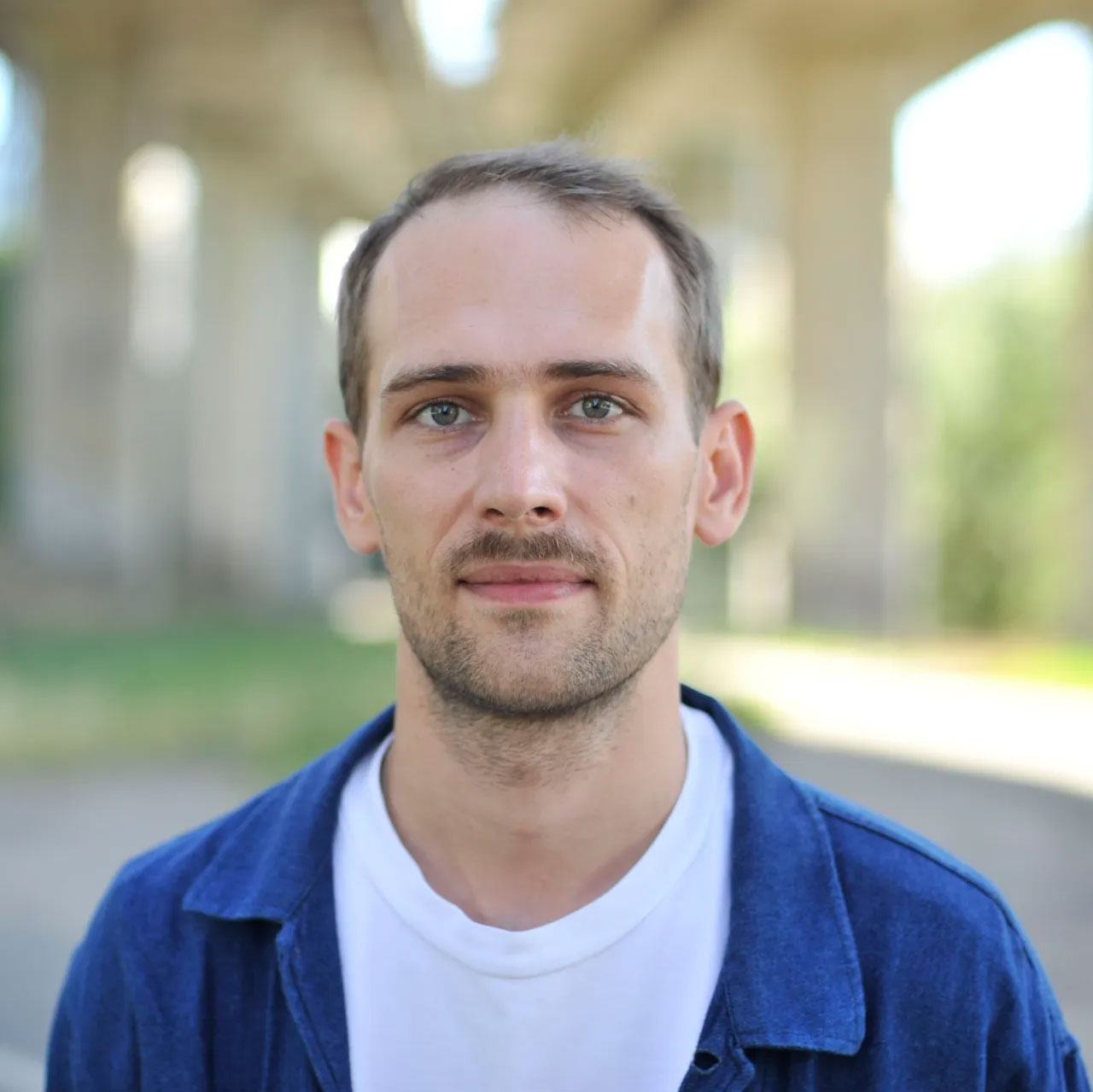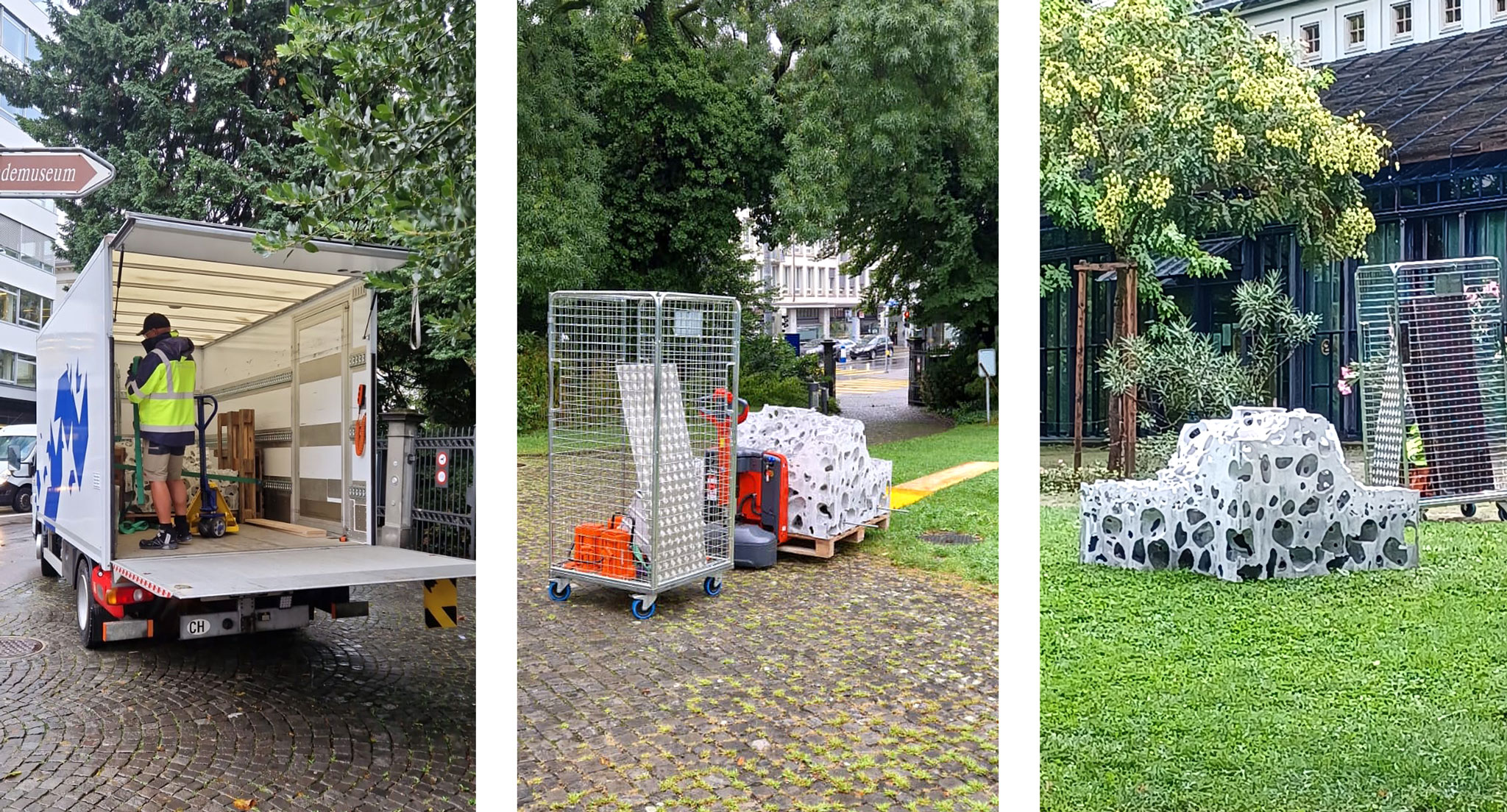“If needed, we also deliver concrete sculptures of eight hundred kilograms”
Special orders, such as the request from ETH researcher Vasily Sitnikov to deliver a sponge-shaped concrete block to the Old Botanical Garden, are the daily business of the Campus Services department's transport team.

Vasily Sitnikov stands in his office in the HIB building and looks out of the window. It has been three months since he was faced with a problem for which there seemed to be no financially viable solution. The architect is researching new construction technologies at the Institute of Technology in Architecture. Together with Eleni Kitani and Ming-Yang Wang, he has just successfully tested a new concrete casting process that is already attracting interest from an unexpected quarter.
Like a Swiss cheese
Instead of casting concrete in the usual way using formwork made of wooden planks and metal struts, Sitnikov is researching the use of ice as a formwork material. Special concrete is poured into a mould made of frozen water. Once the concrete has hardened, the ice melts. The melted water is collected and can then be reused for further moulds. The new process not only promises to be more resource-efficient, but it also makes it possible to produce organic moulds with high porosity from concrete. Sitnikov’s first test objects resembled an oversized Swiss cheese.

Invitation to the Design Biennale
After Sitnikov and his project team had shared their results with colleagues, industrial designer Andreas Saxer soon got in touch. As curator of the fourth edition of the Design Biennale Zurich, he wanted to exhibit one of the concrete prototypes in the Old Botanical Garden. Saxer was particularly interested in how, “using the principles of the circular economy, a product that was previously considered waste could be turned into a new resource.”
Expensive special transport
Sitnikov was keen to take up the invitation to the Design Biennale in order to present the new process to a broad public. Only the transport of the unusual concrete sculpture from Hönggerberg across the city to the lawn in the Old Botanical Garden still had to be organised. Several enquiries to major Swiss transport companies revealed that the weight of over eight hundred kilograms and the special nature of the sculpture meant that it could not be transported without a crane vehicle. The costs involved clearly exceeded the Design Biennale’s financial resources.

“It took them less than five minutes to decide that they could do it.”Dr. Vasily Sitnikov
A tip leads to Campus Services
Sitting over an espresso in the Robotic Fabrication Lab, Sitnikov told his colleague Tobias Hartmann about the supposedly expensive special transport. Hartmann, who had already organised several transports through the Mobility and Logistics section of the Campus Services department, gave Sitnikov the telephone number of Richi Sprunger. Shortly afterwards, Sprunger and his transport colleagues Marcel Gisler and Beat Karlen dropped by the HIB to inspect the supposedly problematic sculpture. “It took them less than five minutes to decide that they could do it”, Sitnikov recalls the first meeting with Sprunger, Gisler and Karlen.

Utilising existing resources
“When we first heard how much the transport would cost with the external providers, I had to laugh”, reports Richard Sprunger. He is sitting at his workstation behind the car workshop at the HEZ on Hönggerberg and explains how he and his colleague Marcel Gisler delivered Sitnikov’s concrete sculpture to its destination within a few hours using simple tools and ETH’s own lorry. When asked whether such an order is unusual for them, Sprunger shakes his head and explains: “It’s clear that we usually carry out simpler orders. But if we have to, we can also deliver concrete sculptures weighing eight hundred kilograms.”
Heavy research objects on the move
Several of Sitnikov’s prototypes are currently in use in the Philippines. There, the ETH spin-off external page rrreefs is investigating whether the three-dimensional structures, placed on the seabed, enable the natural reconstruction of previously dead coral reefs. The first results are expected in around two years.
For international transports of goods, the Mobility and Logistics section of the Campus Services department works with external specialists. Transports within Switzerland as well as document and goods shipments abroad, on the other hand, are handled internally.

Campus Services
We support you with a range of specific services related to working at ETH. Find out how we can simplify your everyday life.
→ Our services
Always up to date
Would you like to always receive the most important internal information and news from ETH Zurich? Then subscribe to the “internal news” newsletter and visit Staffnet, the information portal for ETH employees.
Comments
No comments yet